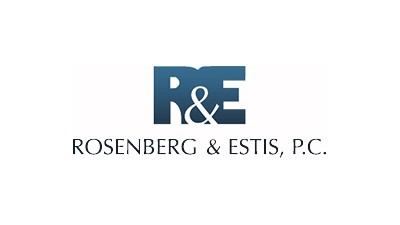New York’s Ever-Expanding Loft Law

The Oakland warehouse fire in 2015 that killed 36 people caused building owners across the U.S. to revisit regulations on illegal housing. While the accident gave these policies a more visible, national platform, in New York the regulations that govern residential safety in commercial buildings have always been in a state of revision.
Article 7-C of the Multiple Dwelling Law, the “Loft Law," was enacted in 1982. It was designed to protect tenants in New York City illegally living in commercial or factory buildings. The Loft Law brought under its jurisdiction spaces that lacked a residential certificate of occupancy and were previously used for commercial, warehousing or manufacturing purposes. The law also took into consideration properties that were residentially occupied by three families living independently from one another during a period from April 1, 1980, to Dec. 1, 1981.
The Loft Law led to the establishment of the Loft Board, which oversees and coordinates the legal conversion of these Interim Multiple Dwellings to legal residential spaces with owners and tenants. Owners of IMDs must register the units with the Loft Board.
The Loft Law was supposed to sunset after loft owners achieved code compliance and obtained residential certificates of occupancy for the IMDs. Instead, it has been renewed, amended and extended. The Loft Law was amended in June 2010 and again in January 2013.
The definition of IMDs in the amended Loft Law was consistent with the initial definition of IMDs but incorporated spaces that were illegally occupied as dwelling units by three or more families living independently from one another for 12 consecutive months from Jan. 1, 2008, through Dec. 21, 2009. Notwithstanding the expansion of this second window period, the amended Loft Law removed units from its jurisdiction that have less than one window facing a street, a legal yard or a legal courtyard.
The amendment does not take into account units that are less than 400 SF and are in a basement or cellar. Industrial business zones with the exception of Greenpoint, Williamsburg, North Brooklyn and certain areas of Long Island City are also excluded. In addition, the amendment excluded buildings that were used as of June 21, 2010, and continued to be used, up to the time when the coverage application was submitted for certain activities incompatible with residential use.

Mayor Bill de Blasio has expressed that the Loft Law is too favorable to loft owners. His intention is to support legislation that would increase the scope of the Loft Law and enhance the rights of loft tenants. Among the proposed amendments are including units in basements or ones that lack a window, and to add another coverage period from 2015 to 2016.
“The first priority of politicians, landlords and owners should be to ensure that tenants do not reside in housing that does not comply with minimum housing maintenance standards and minimum standards for health, safety and fire protection,” Rosenberg & Estis Managing Member Luise A. Barrack said. “In removing the prior restrictions on basement spaces and spaces without windows, the mayor is proposing an endeavor that owners may be incapable of achieving, as the units they will be compelled to legalize may simply be unable to meet fire, health or safety codes, even with major renovations.”
Rosenberg & Estis represented a loft building owner in a case in which the owner of a home in Rhinebeck, New York, made a claim to Loft Law status. The space for which he made the claim was basement space with no windows in which he stored his artwork. The tenant had to access the space by going through a hatch in the floor and climbing down a wooden rung ladder that folded out of the hatch.
Under the proposed amendments to the Loft Law, the owner of that building would now be compelled to find a way to legalize that space or potentially face fines for failing to do so.
“The mayor should meet with the owners of IMDs and fire code and architectural experts to understand the myriad issues involved in legalization and to ensure that tenants do not reside in unsafe conditions,” Barrack said. “Simply adding stock to the number of rent-regulated housing units will not necessarily serve New Yorkers well — it will only help boost the numbers.”
To learn more about this Bisnow content partner, click here.

